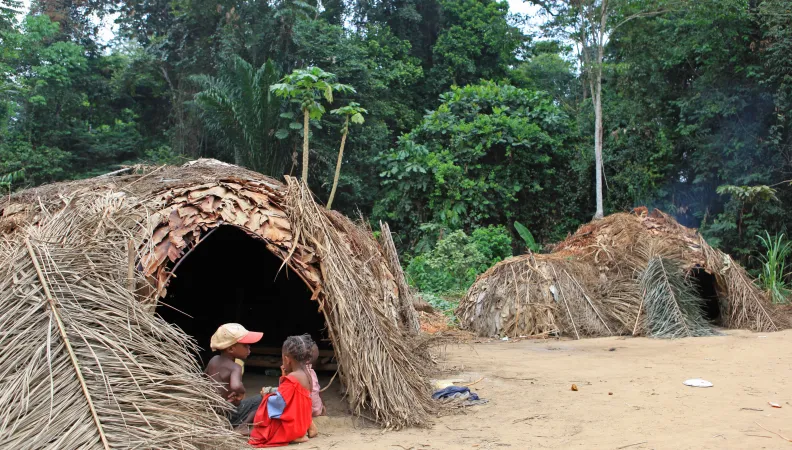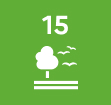Share the page
Innovate in participative forestry for local communities (RIFOP)
Project


-
Project start date
-
Status
In progress
-
Estimated date of project termination
-
-
Project financing date
-
-
Financing duration
-
5 years
-
Type of program
-
FFEM
-
Global financing amount
-
4300000 €
-
FFEM financing amount
-
2000000 €
-
Project lead member institution(s)
-
Ministry of the Ecological Transition, Biodiversity, Forests, Sea and Fisheries
-
Country and region
-
Cameroon
-
Type of financing
-
Grant
-
Partners
-
AFD, EU, Gembloux Agro-Bio Tech, PPECF2
-
Beneficiaries
-
Nature+
-
Type of beneficiary
-
NGO, Foundation



The social forestry which has developed over the last two decades, in particular with the roll-out of community forests, has failed to deliver the expected social, economic and environmental planning benefits. The project supported by the FFEM therefore aims to reinvent a forestry model to benefit both local communities and ecosystems.
Context
Twenty years of social forestry in the Congo basin - in particular the community forests model itself - has yielded mixed results in terms of economic viability, the fight against poverty and environmental sustainability. In fact, it appears essential to put in place alternative models better adapted to certain local forest space appropriation mechanisms. The goal is to guarantee more effective conservation of forest cover and sustainable utilisation of forest resources.
The FFEM-supported project aims to develop an innovative shared management approach, centred around households, in order to improve the socio-economic conditions for local communities and maintain the ecological functionality of the forests.
Description
The project has 4 components:
- Implemente pilot household agro-forestry activities around the edge of the two protected areas of the Congo basin, following socio-economic and cultural studies, and the development of a management system and support for economic sectors development.
- Lead discussion around local integration of the household agro-forestry model in the national regulatory frameworks.
- Identify criteria and methodologies appropriate to local and national contexts for monitoring and assessing the project from environmental, socio-economic and legal perspectives.
- Promote discussion between sites, capitalise and popularise learnings, encouraging education and training.
Outcomes
- The signature of 45 partnership agreements with households.
- Development of 30 household agro-forestry schemes (schémas d’agroforêt de ménage - SAM) and their implementation.
- Increase of at least 25% in cocoa productivity in the agro-forests compared with at the start of the project.
- Reduction of at least 50% in land clearing within the agro-forests.
- Tree populations increased by 50% in the agro-forest spaces.
- Setting-up of 5 pilot organic fields using a new biopesticide.
Innovative and exemplary features
This FFEM-supported project is novel because it promises an alternative model for community forestry unprecedented in Central Africa, applicable at a previously unconsidered scale and offering local people greater involvement in management, profit-sharing and decision-making. In addition, communities will have direct involvement in decision-making processes for the management of the periphery surrounding protected areas. The participative, inclusive and representative approaches will enable the emergence of strategies to address the needs of everyone involved.
In addition, the project will use participative forestry to structure the periphery. This will create unique dynamics, based on the populations' capacity for self-development, while ensuring respect for the environment, for example via SAMs.
Sustainable Development Goals
ODD1 No poverty

ODD15 Life on land

ODD17 Partnerships for the goals



